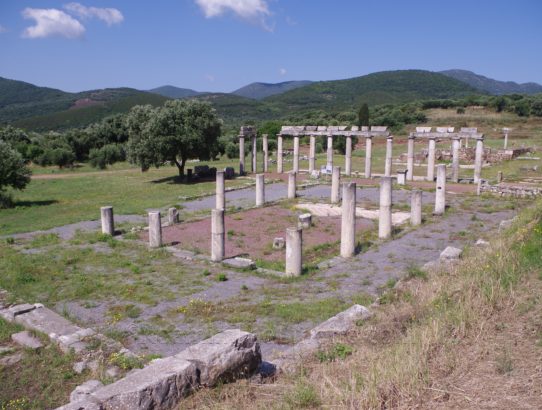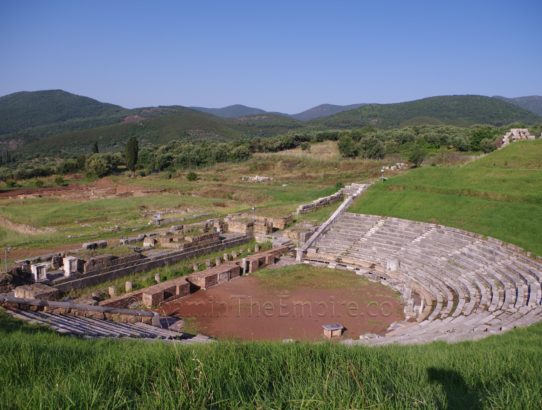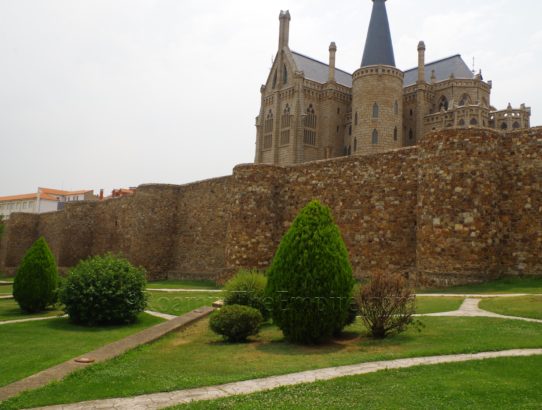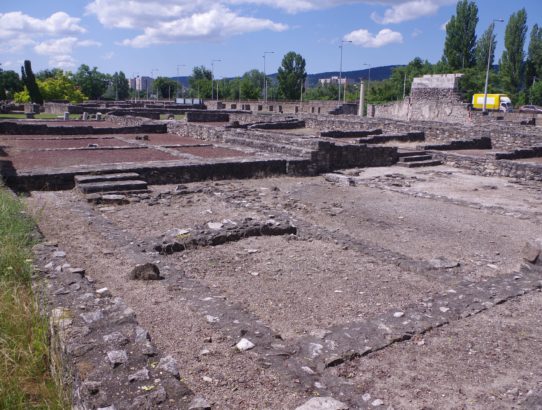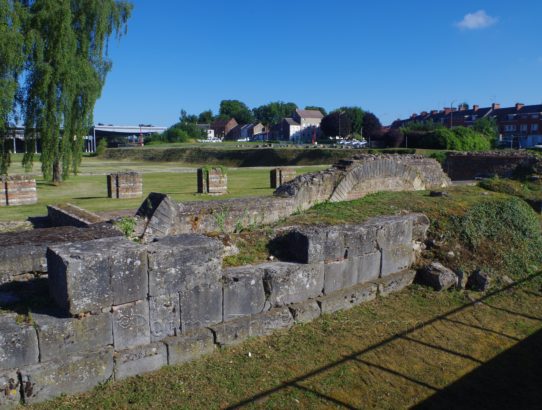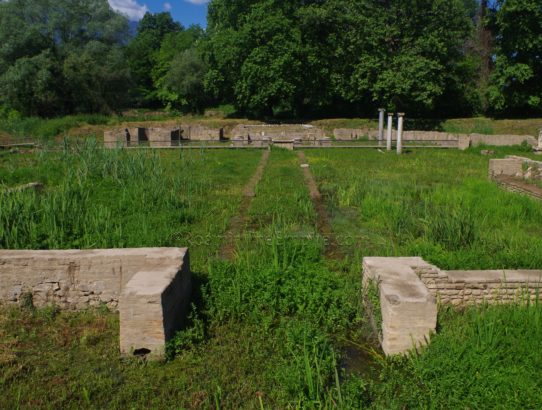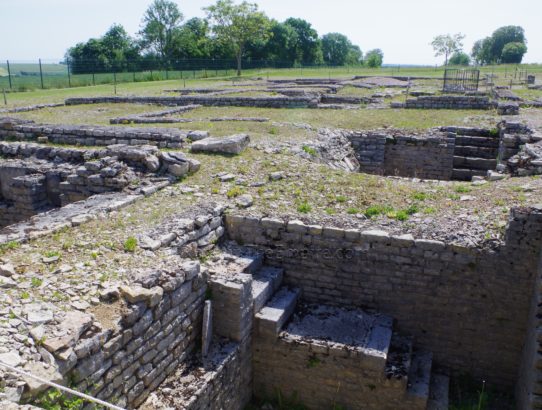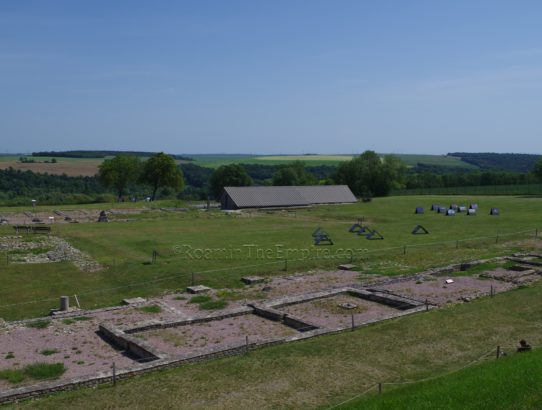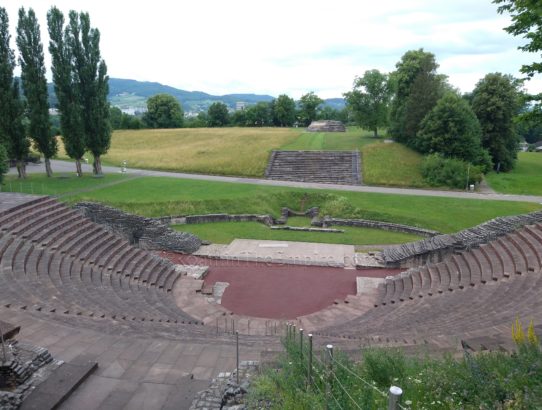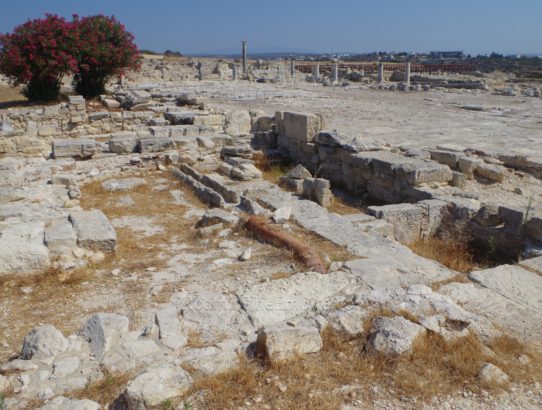Messene, Achaea – Part III
Continued From Messene, Achaea – Part II Just to the east of the sanctuary of Isis and Serapis is another religious building, the so-called Theater Basilica. The three-aisled early Christian basilica seems to have been constructed sometime after the middle of the 6th century CE and made extensive use of existing materials on site. One…
Read More


